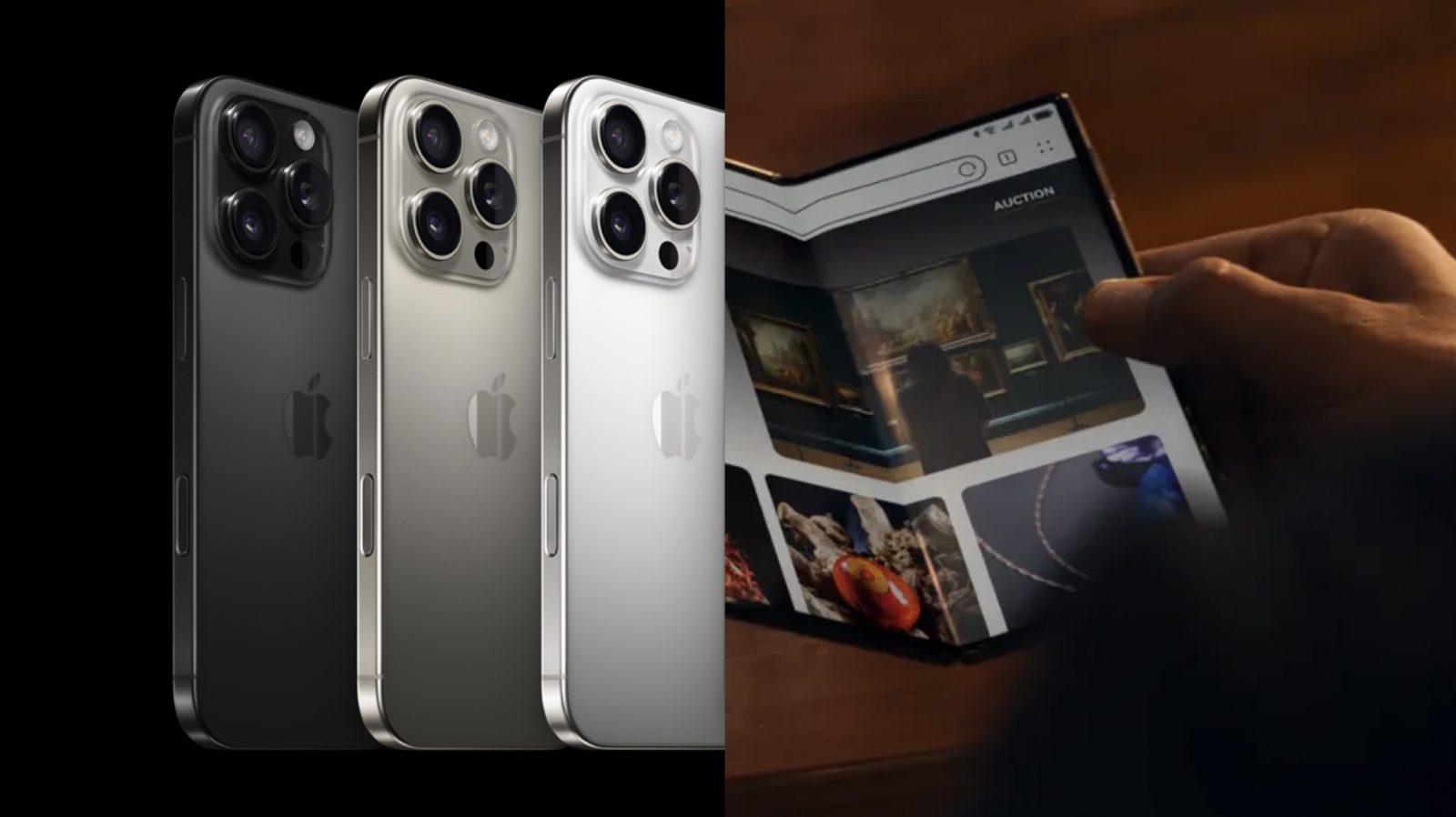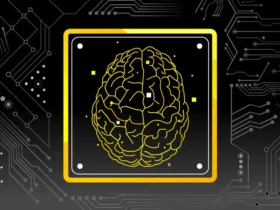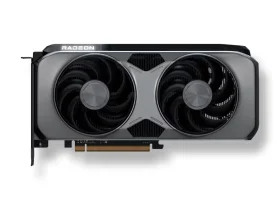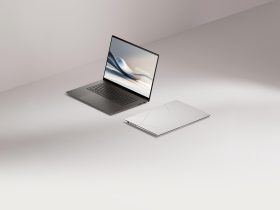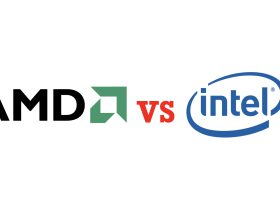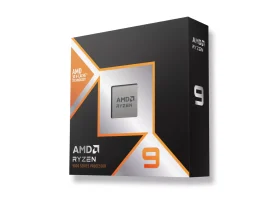In 2024, both Apple and Huawei have released groundbreaking smartphones: the iPhone 16 Pro series and the Huawei Mate XT. Each of these flagship devices offers cutting-edge technology, but they appeal to different types of users. Below, we’ll dive into their detailed specs, prices, ecosystems, AI features, and discuss why Huawei cannot use Google services, to help you decide which is right for you.
Design and Display
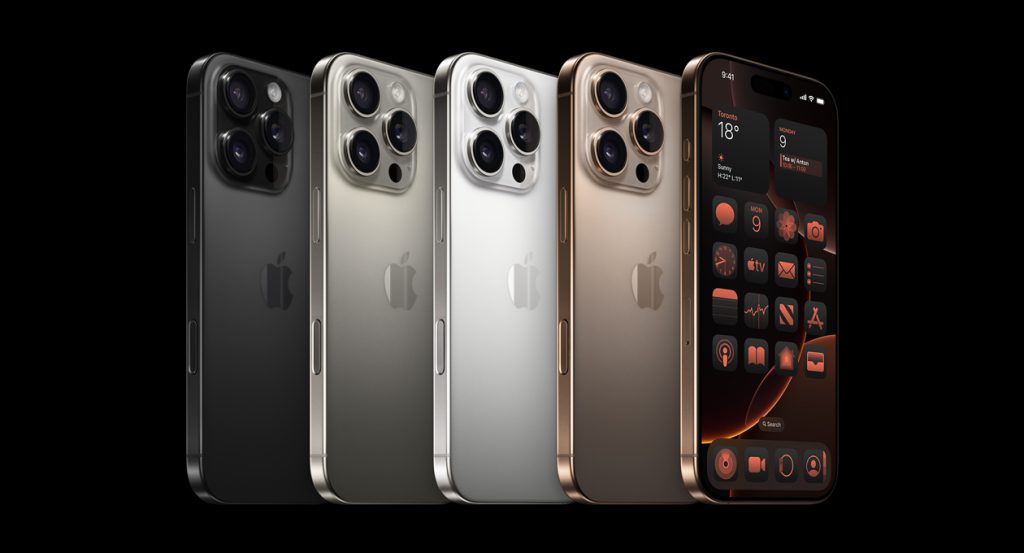
The iPhone 16 Pro continues Apple’s sleek design tradition, featuring a titanium alloy frame with color options such as Black, Natural, White, and Desert Titanium. It sports a 6.3-inch Super Retina XDR OLED display with a 120Hz ProMotion refresh rate for smooth scrolling and gaming. Apple has introduced slimmer bezels and added durability with the Ceramic Shield, claimed to be twice as tough as any smartphone glass.
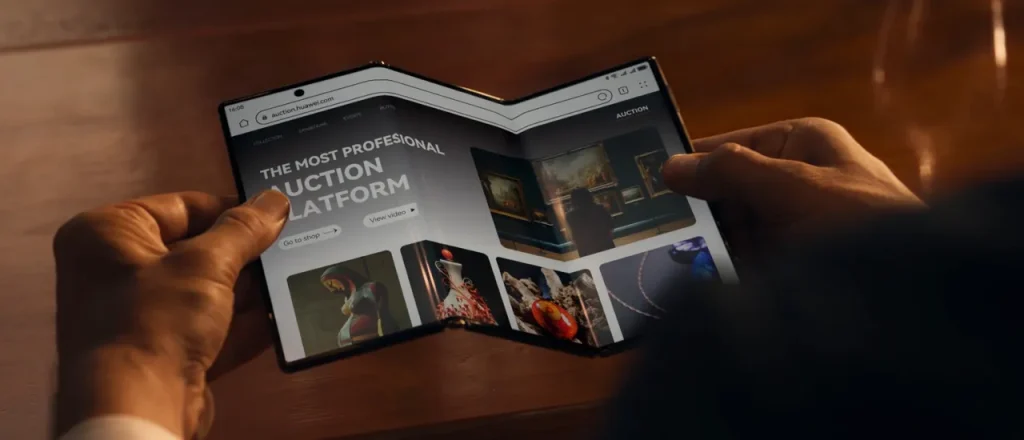
On the other hand, the Huawei Mate XT stands out with its innovative tri-fold design, giving users flexibility with a 10.2-inch unfolded display. The screen folds both inward and outward, allowing for single, dual, or triple screen modes. This is particularly useful for productivity tasks, like working on presentations or multitasking. Its thin form factor makes it the thinnest foldable phone in the world when fully unfolded, but it may be too bulky for users who prefer more compact devices.
Verdict: If you’re looking for a standard high-quality design with great durability, the iPhone 16 Pro is a strong option. If you need a device that can function as both a tablet and a phone, the Mate XT‘s flexibility is unmatched.
Performance and Battery Life
The iPhone 16 Pro series features the A18 Pro chip, a powerhouse designed for high-performance gaming, AI processing, and energy efficiency. It comes with 16-core Neural Engine for handling machine learning tasks and AI-based applications, making it a leader in smartphone computing. The battery offers up to 27 hours of video playback, and supports MagSafe wireless charging up to 25W and Qi2 charging.
The Huawei Mate XT runs on Huawei’s Kirin chipset and packs a massive 5,600mAh battery, giving it impressive battery life, especially for a foldable phone. Its silicon anode battery is only 1.9mm thick, adding to the slim design. However, Huawei’s custom chip may not match the raw performance power of the A18 Pro, especially in gaming or AI-heavy tasks.
Verdict: For top-tier processing and gaming, the iPhone 16 Pro is the clear winner. The Mate XT offers strong battery life and is great for productivity, but may not perform as well in high-intensity applications.
Camera and Photography
The iPhone 16 Pro boasts a 48MP Fusion main camera, 48MP ultra-wide, and 12MP telephoto lens. It supports 4K video recording at 120fps with Dolby Vision, making it a powerful device for both photographers and videographers. Additionally, Apple’s new Camera Control button allows for more DSLR-like functionality, giving users fine control over settings such as exposure, depth, and zoom.
The Mate XT also features a 48MP main camera, a 12MP ultra-wide lens, and a 12MP telephoto lens. Its quad-pixel sensor and macro photography modes allow for detailed shots, while its large foldable screen is perfect for previewing and editing images. However, Apple’s ProRAW and HEIF formats, combined with its AI-powered Photographic Styles, give iPhone users more control over their shots.
Verdict: The iPhone 16 Pro leads with its versatile camera system, especially for professionals. The Mate XT offers solid camera functionality, but the larger screen and triple-fold format make it more suitable for creative professionals who need a tablet-like display.
Ecosystem Comparison
The Apple ecosystem is one of the most integrated in the world. With seamless compatibility across devices like the iPhone, iPad, Mac, and Apple Watch, users can easily transfer data, work across devices, and stay connected. The iOS 18 introduces Apple Intelligence, a built-in AI system that learns user habits and enhances Siri’s performance with more personalized suggestions.
On the other hand, the Huawei ecosystem is primarily focused on its HarmonyOS due to restrictions that prevent Huawei from using Google Mobile Services (GMS). This limitation stems from U.S. sanctions imposed on Huawei, barring them from accessing Google apps such as Gmail, Google Maps, and the Play Store. As a result, Huawei users must rely on Huawei’s own AppGallery, which offers fewer apps than Google Play.
Verdict: If you are deeply embedded in the Apple ecosystem, the iPhone 16 Pro is the best choice. For Huawei users who do not rely on Google services, the Mate XT is a viable option, but the lack of GMS might be a dealbreaker for some.
Artificial Intelligence (AI)
The iPhone 16 Pro takes a leap with Apple Intelligence on iOS 18. The built-in AI assists with everything from smart home controls to personalized recommendations in apps and Siri improvements. For instance, users can get step-by-step instructions or quick access to frequently used features, making the experience more intuitive.
Huawei, while innovative in many respects, does not yet have an AI system as mature as Apple’s. Its AI is focused on camera functionality and system optimization, but it lacks the deep integration seen in iOS 18.
Verdict: Apple Intelligence offers a more advanced AI experience, while Huawei’s AI is primarily limited to improving device performance and photography.
Price Comparison
The iPhone 16 Pro starts at $1,199, while the iPhone 16 Pro Max starts at $1,399, making them premium but not exorbitantly priced compared to other flagship devices.
The Huawei Mate XT, on the other hand, starts at $2,800 and goes up to $3,372 for the highest memory variant. The price reflects its unique tri-fold design and advanced hinge system, but it is considerably more expensive than the iPhone 16 Pro series.
Verdict: If price is a major factor, the iPhone 16 Pro offers excellent value for a high-end device. The Mate XT is for those who prioritize cutting-edge design and are willing to pay a premium for it.
Conclusion
Both the iPhone 16 Pro series and the Huawei Mate XT bring something unique to the table. The iPhone 16 Pro excels in performance, camera quality, and offers a rich AI-driven ecosystem backed by iOS 18. The Mate XT, with its innovative tri-fold design, is perfect for productivity-oriented users who want a device that can double as a tablet. However, its lack of Google services and higher price tag might be deal-breakers for many.
Ultimately, if you’re looking for versatility and a device that fits into a larger ecosystem, the iPhone 16 Pro is the better choice. If you want cutting-edge hardware and don’t mind the price or lack of Google services, the Mate XT is a great option.

